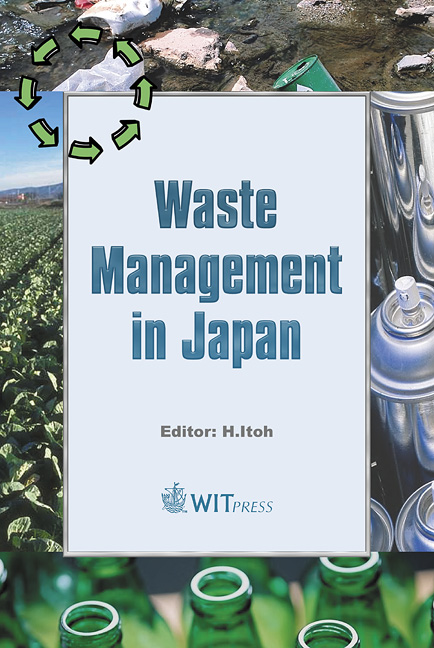Decomposition Of Phenoxy Acid Herbicides In Agricultural Waste Water By Sonication
Price
Free (open access)
Transaction
Volume
79
Pages
9
Published
2004
Size
402 kb
Paper DOI
10.2495/WMJ040071
Copyright
WIT Press
Author(s)
Y. Kojima, T. Fujita, E. P. Ona, H. Matsuda, N. Tanahashi & Y. Asakura
Abstract
The ultrasonic decomposition of phenoxy acid herbicide 2,4-D (C8H6Cl2O3) in aqueous solution was investigated and its comparison with that of another phenoxy acid herbicide MCPA (C9H9ClO3) was made. It was found that MCPA and 2,4-D were fully decomposed after 180 minutes and most of the chlorine atoms were dissolved as HCl in solution after 270 minutes sonication at a frequency of 500kHz with a power of 21 W under argon atmosphere. During the ultrasonic decomposition of MCPA and 2,4-D, generation of the HCl was mainly responsible for decrease of pH. The total organic carbon (TOC) removal by sonication was about 40 % of the initial TOC concentration after 360 minutes. As the remaining organic compounds in the solution after sonication, organic acids such as acetic and formic acids were identified. Keywords: ultrasound, MCPA, 2,4-D, cavitation, organic acids. 1 Introduction Areas which have groundwater and soil polluted by organo-chlorine compounds continue to increase every year. These organo-chlorine compounds generally have high toxicity, thus, are resistant to destruction by biological treatment methods. Especially, phenoxy acid herbicides, commonly used in rice fields in Japan, have a relatively high toxicity that remains for a long period in the environment. Therefore it is necessary to effectively decompose the phenoxy
Keywords
ultrasound, MCPA, 2,4-D, cavitation, organic acids.




